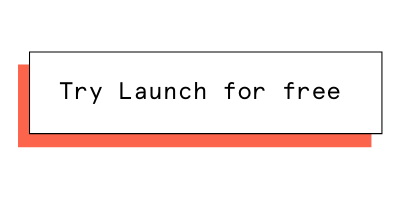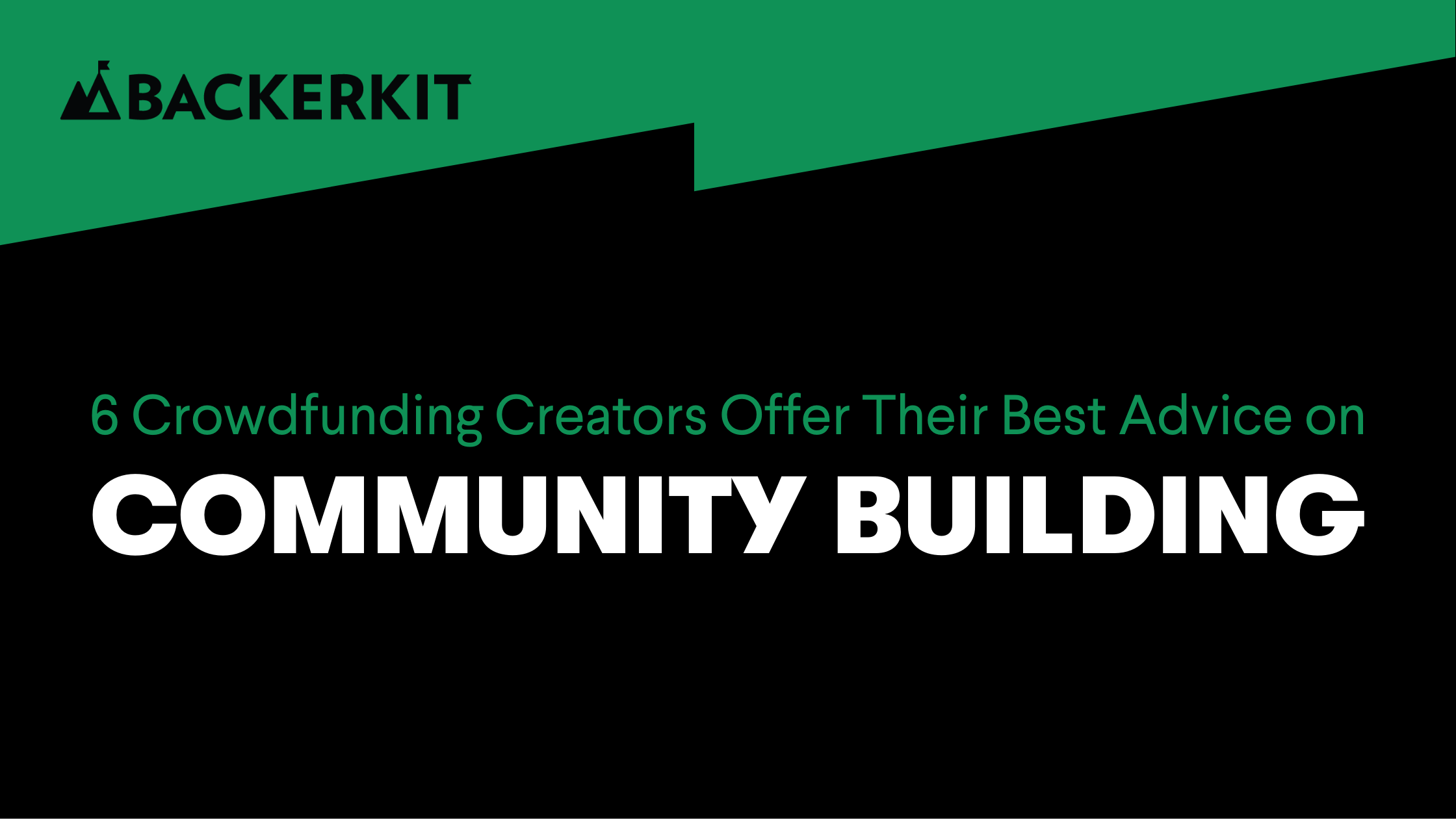Join us Wednesday, May 26th at 10 AM PT for Landing Page Do’s and Don’ts. During this live presentation, BackerKit will be covering everything you need to know about building an expert-level landing page to help grow your email list. RSVP today!
The email list you build before your crowdfunding launch is essential to your success. Mobilizing the people on that list can help you reach your goal. That being said, this isn’t just a numbers game. To get the best results, you have to remember that you aren’t simply trying to get as many subscribers as possible. You’re actually finding and creating a community of supporters who will back your crowdfunding project.
We spoke to six successful creators who focused on community engagement and community building in order to grow high-quality email lists for their crowdfunding projects. Each offered advice for anyone who is looking for new ways to connect with their target audience.
Build a landing page that makes a strong first impression
“To actually be able to build your email list, I think you need a decent-looking landing page, explaining the basic concepts of the [product] and showing some art, so people can get a decent grasp and a feel for the [product]. You basically want an elevator pitch that can pique their interest and attention.” — Assar Pettersson, Beast
A landing page not only provides you with a way to collect email addresses, but it also introduces your project to prospective backers and should entice them to sign up for your email list. For Assar Petterson and his collaborators Elon Midhall and Aron Midhall, creating strong imagery for their landing page before they’d actually developed a final prototype for their tabletop game, Beast, was a critical part of building hype for their launch and attracting an audience. 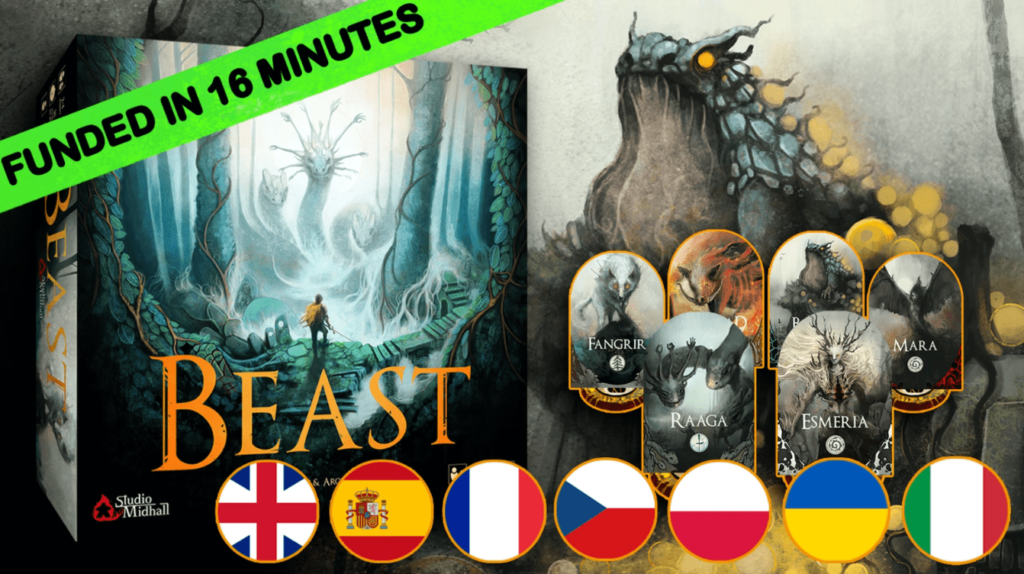
“I would start to seriously collect emails once you have something to show. We didn’t really seriously start to collect emails until we had amazing graphics of the game box. Because the first impression is really important.” — Elon Midhall, Beast
You don’t need an overly flashy page and you don’t necessarily need a prototype right off the bat, but you do want anyone who visits the landing page to quickly understand what your project is about and why it’s exciting. That means that you have to have a firm grasp of what makes your project stand out from the crowd.
Ask for feedback
“I joined a couple of queer athletic Facebook groups. I was also already in some, and I posted my landing page. A big part of getting emails was asking for feedback on the pin. I’d say, ‘Hey, guys, I’m making this thing. You are the people who know best. What do you think?’” — Romy Simpson, Athletics Pride Pins
No one should be developing a crowdfunding campaign in a vacuum. Even if you are a solo creator, you need to ask for feedback along the way. Finding out what people think about your project is a way to refine a product or idea, but it also has the added benefit of getting people invested in what you’re working on.
Romy Simpson, BackerKit Associate Product Manager and creator of Athletics Pride Pins, really focused on collecting feedback while building their email list. First, they reached out to family and friends and then they talked to a wider, digital audience to get their opinions on the pin project.
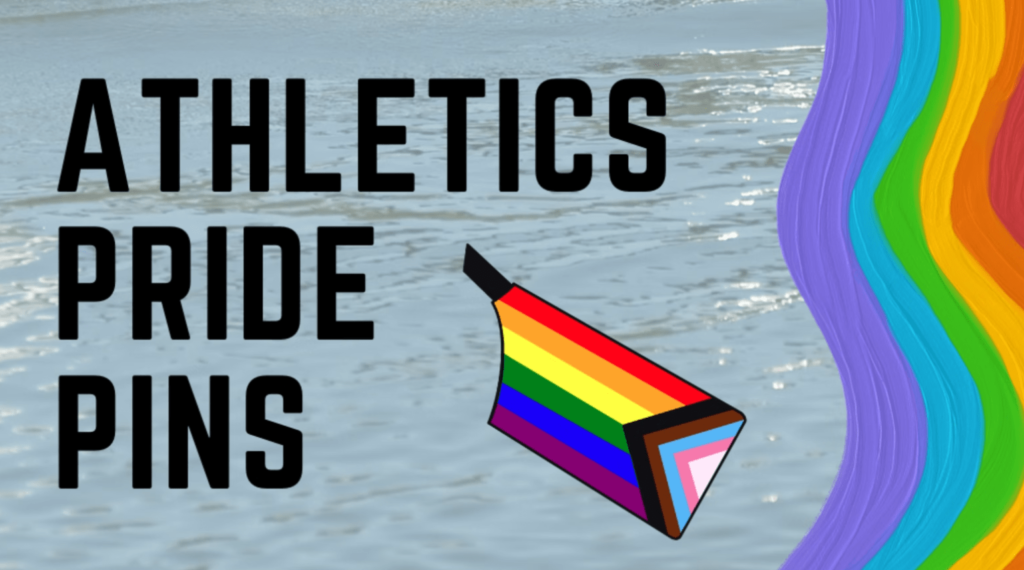
It can be hard to just ask people to sign up for your list, particularly in an online forum or group where the rules concerning self-promotion may be murky. But you don’t always have to be that direct. When you share your landing page and ask for feedback on your project, you’re creating conversation, you’re showing people that you value their opinions, and you’re inviting people to join you on your crowdfunding journey, which can be more enticing than simply asking people to subscribe to your email list.
“I learned that people want to be helpful. People want to support you. People are excited to help things come into being. But, you’ll never know if you don’t ask. So you have to be OK with asking,” Simpson says.
Attend events and make real connections
“Find places where you like to engage. No matter what category you’re in, you can find an event. Maybe it’s a craft fair. Maybe it’s a design and tech lightning talk. Maybe it’s one of the millions of board game events. You want to not only attend these events, but go with a really simple way to collect emails and a really simple way to present your product — so that could be an image or a physical demo. There has to be some simple visual content that will draw people in.” – Jason Furie, Rental Rumble
It can be hard to put yourself out there at events. Networking is challenging for a lot of people, especially when you’re trying to market an idea or yourself. However, attending events that are related to your project category or theme will bring you together with a receptive audience, which hopefully will make it easier to talk about what you’re working on.
While attending a major, national rowing event called Head of the Charles, Simpson was able to get sign-ups for their pride-themed rowing pin project by heading over to a booth operated by rowers from the LGBTQ+ community. Prepared with a QR code on their phone, Simpson, who initially thought their project might be too niche, met people who were excited about the pins and was able to direct them to the project landing page.
When Jason Furie, BackerKit Community Manager and creator of the tabletop game Rental Rumble, was building his email list, attending in-person events produced the best results.
“In-person events — nothing in my experience, converts better than that, for free. And by ‘free’ I mean ‘without spending money on ads.’ In-person events convert really well because there’s a human element,” Furie says.
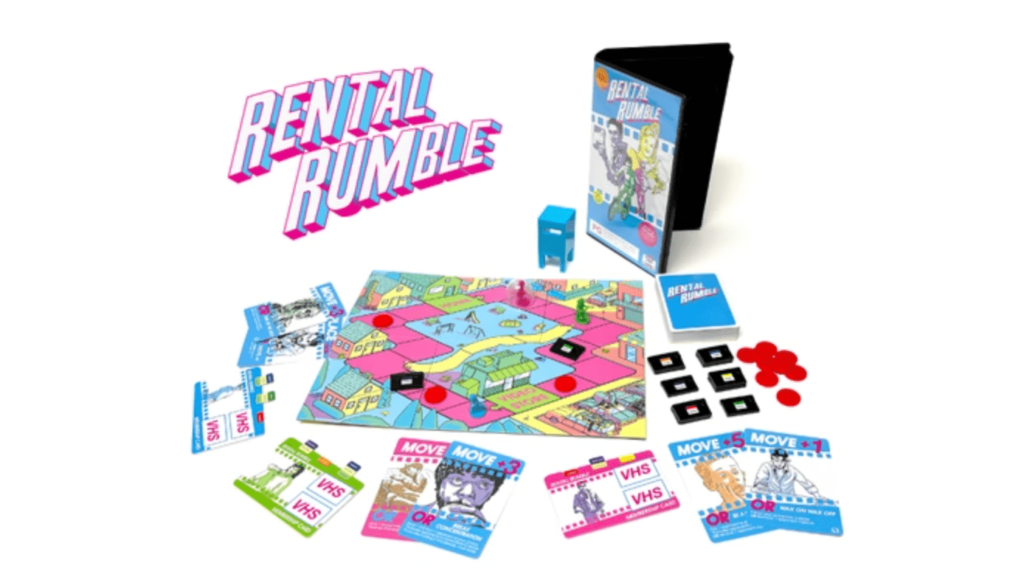
When you’ve made a real connection with someone — whether that’s at an in-person or digital event — you know they’re signing up for your email list because they’ve talked to you and are genuinely interested in your project. It just makes sense that this type of person would actually end up becoming a backer.
Be genuine when reaching out to influencers
“The biggest thing when you’re engaging influential people is that you need to convey your passion. If they sense you’re really passionate, they’re likely to give you some time to hear you out. And it’s hard because it can be quite daunting going to these people. [When I reached out to influencers], I wasn’t necessarily saying, ‘Hey can you post this?’ I was just like, ‘Hey, I’m doing this thing. I think it’s pretty cool. I’m really passionate about it. Hopefully, you are too.’” — Charles Skender, Plant Light No1
Having just one influential person link to your landing page or endorse you can have a major impact on your subscriber count. But actually getting an influencer to pay attention to you is tricky. Who should you reach out to and what do you say if you do get their attention? Charles Skender, creator of Plant Light No1, says that leading with your passion and connecting with people who share those passions are the keys to influencer outreach. When deciding who to connect with, Skender paid close attention to the influencer’s mission and if it aligned with what he was doing.
Charles Skender, creator of Plant Light No1, says that leading with your passion and connecting with people who share those passions are the keys to influencer outreach. When deciding who to connect with, Skender paid close attention to the influencer’s mission and if it aligned with what he was doing.
“Rather than influencers who build their social identity as a way of monetizing, [I looked for influencers who] were experts in their field and then had a large following,” Skender says. “The biggest help to me was a fellow called Joost Bakker. He’s a multi-disciplinary designer and sustainability advocate. I’d been following him for years because he’s done some pretty amazing stuff in the space of zero-waste living. That’s essentially the background I came from into this project.”
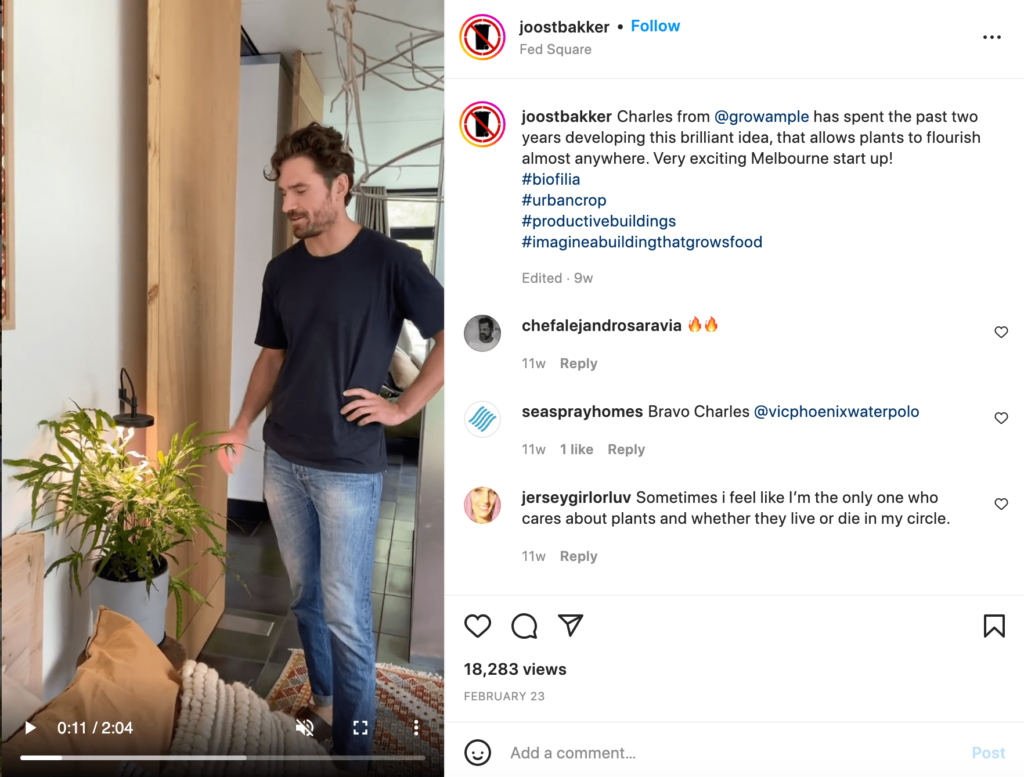
While Bakker was working on a project in Melbourne, Skender happened to be attending an exhibition nearby. Skender boldly went up to Bakker and told him about his project. Bakker ended up sharing a video of the first Plant Light No1 prototypes with more than 50,000 people on his Instagram page. “I think, the best thing about it was that it was very organic, very natural,” Skender says.
Create valuable content
“You can’t just advertise. You really need to do community building and you need to reach out. You need to have a conversation. You need to provide useful information and show what you’re doing.” — Stephen Cheng, Glove80 Keyboard
Digital communities on Reddit and Facebook can be great places to connect with people who are in your target audience. However, you can’t just drop your link and expect people to be interested in your project or sign up for your email list. This is especially true on Reddit where advertising is generally frowned upon. You have to make a contribution to the communities that you’re participating in.
Stephen Cheng, creator of the ergonomic Glove80 Keyboard, developed a content marketing and community engagement strategy for his crowdfunding project that revolved around Reddit, and ultimately helped him gather a very strong and engaged group of supporters.
“Over a period of time we were actually creating quite a lot of content,” Cheng says. “We did Reddit posts, but it wasn’t just a bunch of pictures. It was actually an invitation to conversation, to explain much more about the ergonomics, the decisions we made, and various, very specific technical questions. And from there, we managed to build quite a substantial portion of an email list.
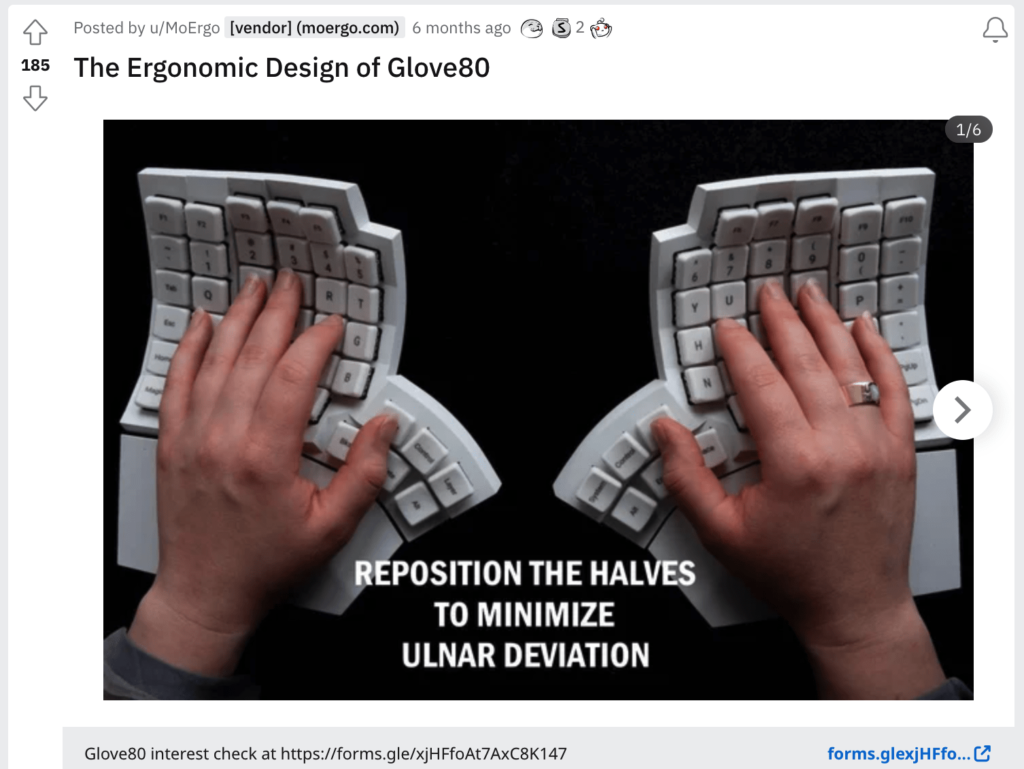
Cheng’s MoErgo Reddit user profile features links to their Twitter profile and Discord to give people additional ways to stay connected and updated on project developments. Most of the Reddit posts are sharing content without asking anything in return. However, there are a few posts that link to an “interest survey” where Cheng is primarily asking for feedback.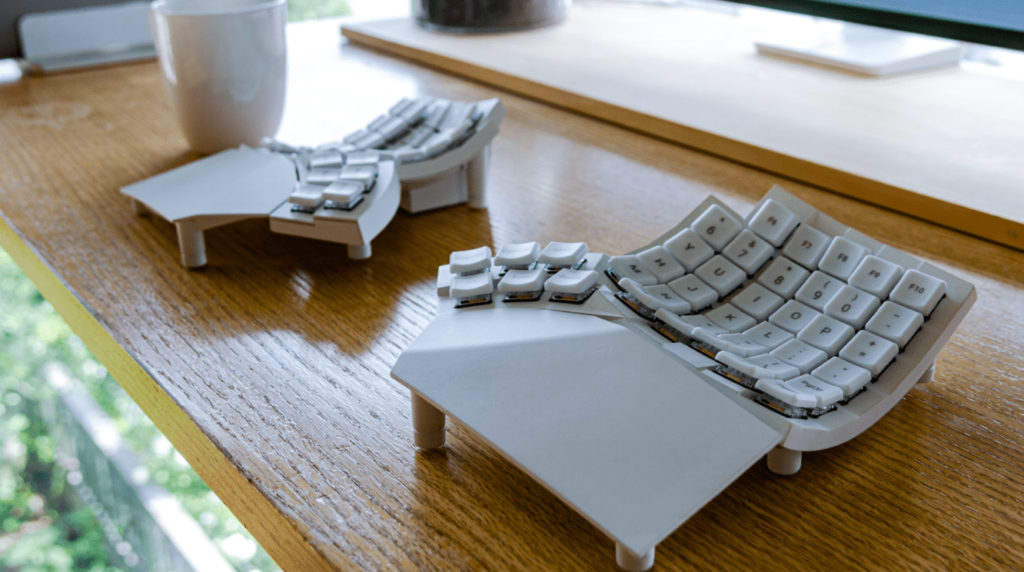
“We had this survey that probably took about 10 minutes to go through. And we made it such that the only way to join the newsletter list initially was through this survey,” Cheng says. “If you are going to join the newsletter, I know that you actually spent 10 minutes to fill out the survey.”
In conjunction with his Reddit strategy, Cheng learned that the best way to ensure that he’d built a community that would show up and pledge to his crowdfunding project was to put up a small barrier to entry. While it’d be wonderful if you were able to attract thousands of subscribers, ultimately you want to connect with people who will back your project. While this certainly isn’t the only way to build a quality list, it did help Cheng achieve an impressive conversion rate.
Some techniques shared here may not be effective for every creator or project. But, experiment and see what works for you. Whichever strategies you choose — and you should try a variety — remember that building an email list is part of community building. All of the creators that we’ve spoken to approached this process with that mindset. You have to participate in a community to build a community. You can’t expect everyone to flock to your project page without putting in the work. So go out there and make those connections. It’s one of the most important things that you can do to prepare for your launch.
Are you ready to put these tips into practice? Try BackerKit Launch. It’s an email marketing and analytics tool designed specifically for crowdfunding creators. Sign up today, and start growing your community with a customizable landing page. Then, use Launch to test the quality of the email list you’ve built.